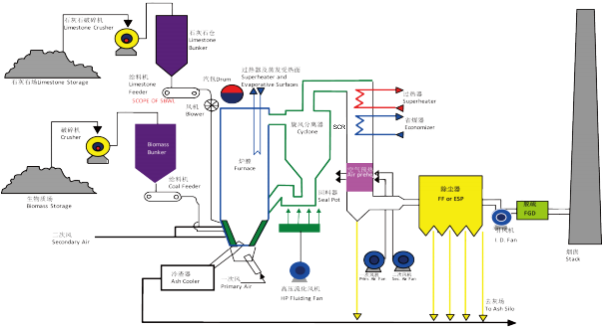Wedoany.com Report-Nov 11, UNEP’s Adaptation Gap Report 2024 finds that nations must dramatically increase climate adaptation efforts, starting with a commitment to act on finance, one week ahead of the World Leaders Climate Action Summit at COP29.
Climate change adaptation
Climate action has two complimentary sides, mitigation and adaptation. Whilst mitigation focuses on reducing or preventing greenhouse gas emissions, climate change adaptation refers to actions that help reduce vulnerability to the current or expected impacts of climate change such as weather extremes and hazards, sea-level rise, biodiversity loss, or food and water insecurity.
As the Earth’s temperature continues to rise above pre-industrial levels, approaching the 1.5°C limit, extreme weather and climate events become commonplace. Whilst accelerating mitigation efforts remain vital, urgent action to improve adaptation measures is needed to limit inexorable impacts from existing emissions.
In particular, adaptation is vital for vulnerable regions and communities, such as Small Island Developing States (SIDS), where sea level rise can present wide-reaching physical, economic and social implications.
The Paris Agreement adopted in 2015 established the Global Goal on Adaptation (GGA) of enhancing adaptive capacity, strengthening resilience and reducing vulnerability to climate change. However, progress can be more complex to assess compared to mitigation efforts.
At COP28, hosted in Dubai, the UAE Framework for Global Climate Resilience was adopted as part of the UAE Consensus. It intends to guide the achievement of the GGA and sets climate adaptation as a top priority for all nations.
Ahead of next week’s UN Climate Talks, today’s Adaptation Gap Report 2024: Come hell and high water, from the United Nations Environment Programme (UNEP), finds that nations must dramatically increase climate adaptation efforts, starting with a commitment to act on finance at COP29.
The report calls for nations to step up ambitions by adopting a strong new collective quantified goal (NCQG) on climate finance at COP29 and including stronger adaptation components in their next round of climate pledges, or nationally determined contributions, due early next year ahead of COP30 in Belém, Brazil.
It also highlights that bridging the adaptation finance gap will require innovative approaches to mobilise additional financial resources. Stronger enabling factors, new approaches and financial instruments are key for unlocking adaptation finance, for both the public and private sectors.
World Leaders Climate Action Summit
COP29 will host the World Leaders Climate Action Summit (WLCAS), engaging world leaders to enhance ambition and enable action on a variety of issues relating to climate change, including adaptation.
On 13 November, the Leaders’ Summit of the Small Islands Developing States on Climate Change will focus on fostering international collaboration, addressing critical adaptation and mitigation needs, and safeguarding vulnerable populations, cultures, and ecosystems, in line with the provisions of the Paris Agreement related to the special circumstances of SIDS. The Leaders’ Declaration will call to the international community to enhance support for SIDS countries in their efforts to tackle the adverse effects of climate change.
On the same day, a High-Level Roundtable on the Global Goal on Adaptation will assess the state of adaptation, address key barriers, and advance new and ongoing initiatives, aligning with COP29’s aim to deliver tangible solutions that contribute to more climate-resilient societies.
The Climate Action Innovation Zone
Next week, on 13-14 November, the Sustainable Innovation Forum will explore pioneering innovations that bolster resilience and address the loss and damage from climate change, with an emphasis on adaptation, recovery, and the role of resilient infrastructure and advanced materials. By showcasing successful case studies and collaborative efforts, the Forum aims to uncover actionable strategies for building resilience and supporting communities that are most affected by climate disruptions.
















